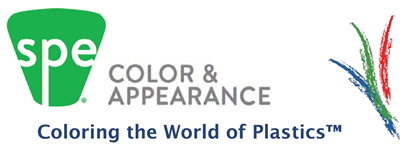Techniques and Technology to Meet High Dispersion Demands for Carbon Black Masterbatches on Twin Screw Extruders
[one_half]Justyn Pyz
Coperion Corporation
Justyn Pyz is a Process Engineer for Coperion’s Compounding and Extrusion division. He is responsible for carrying out twin screw extrusion trials at the process lab in Sewell, NJ, as well as providing technical support for process development, new machine sales and existing customers. Justyn holds a MS in Chemical Engineering from New Jersey Institute of Technology (NJIT).[/one_half] [one_half_last]
Abstract
Carbon blacks are a relatively low cost pigment that is one of the most versatile fillers for plastics. From coloring and ultraviolet light protection to reinforcing and providing electrical conductivity, carbon blacks prove to be one of the most innovative materials in the plastics industry. Processing of carbon black masterbatches comes with its own set of challenges such as handling, dispersion and cleanliness. Co-rotating intermeshing twin screw extruders are exceptionally suitable for the processing of carbon black masterbatches, providing excellent mixing properties to make a homogenously consistent product. They offer benefits, such as excellent dispersion at high throughput rates, high pigment and additive loading levels, long lifetime of screw and barrel parts and simple machine operation. When it comes to carbon black masterbatches, the twin screw extruder is in its element. This paper will explore the processing of carbon blacks on the twin screw extruder, as well as techniques to overcome processing challenges while maximizing throughput and product quality.

